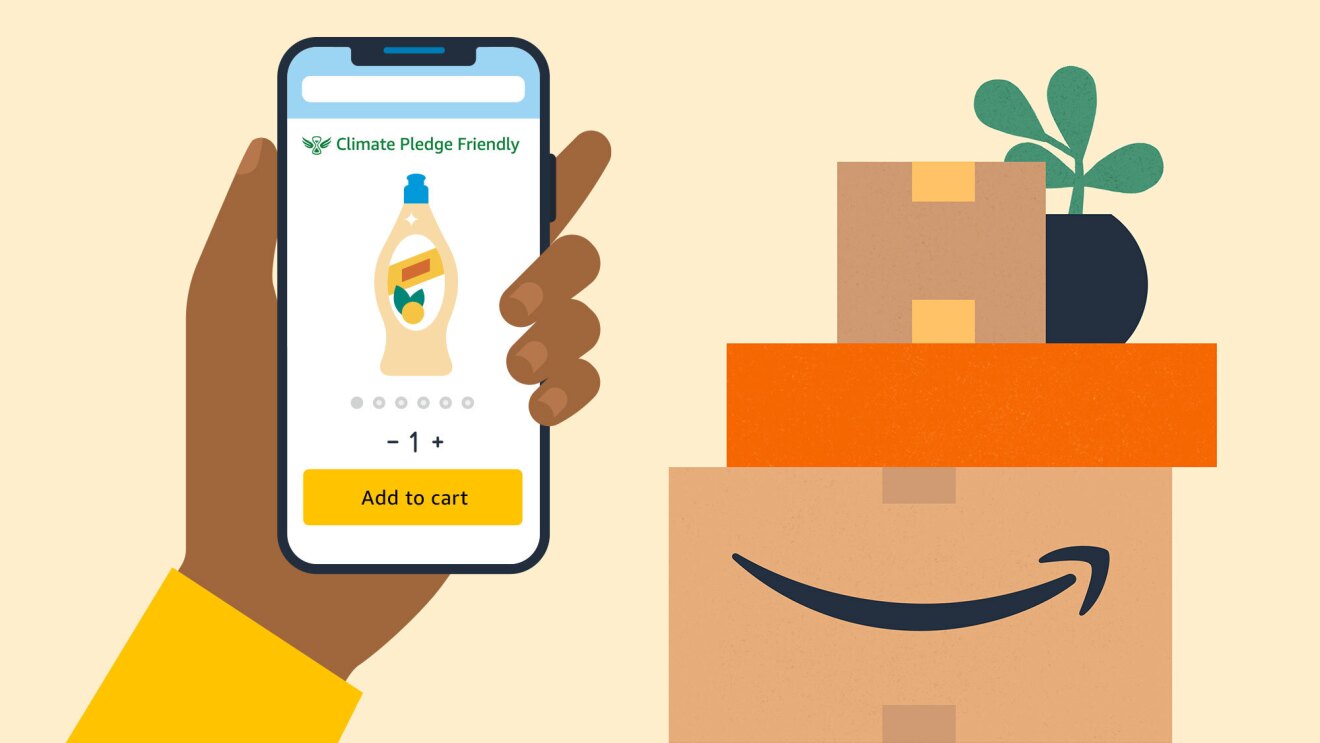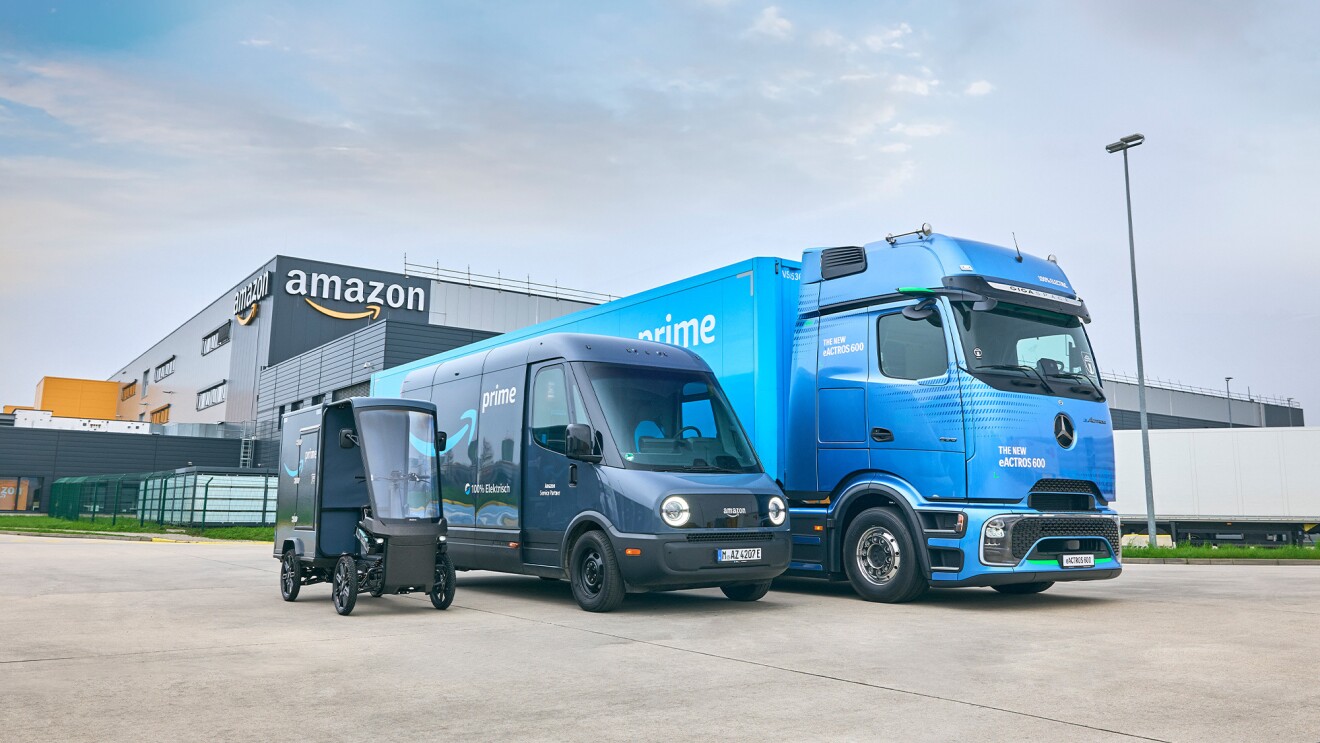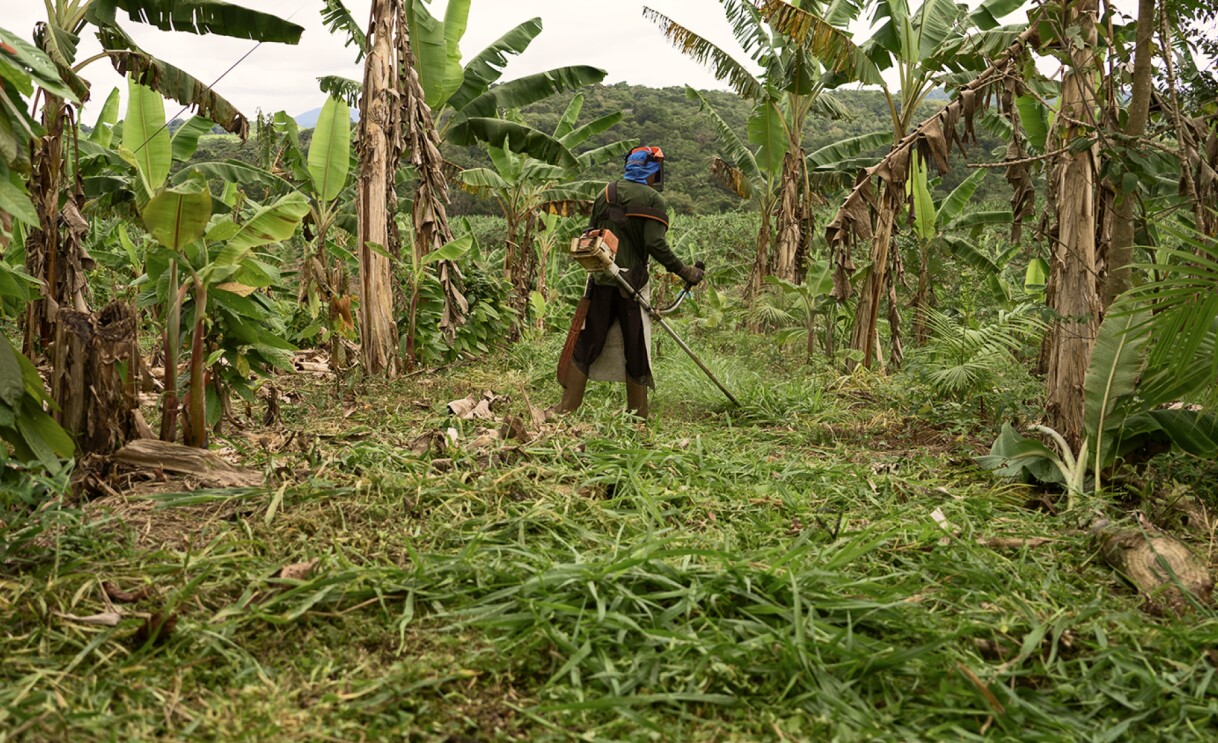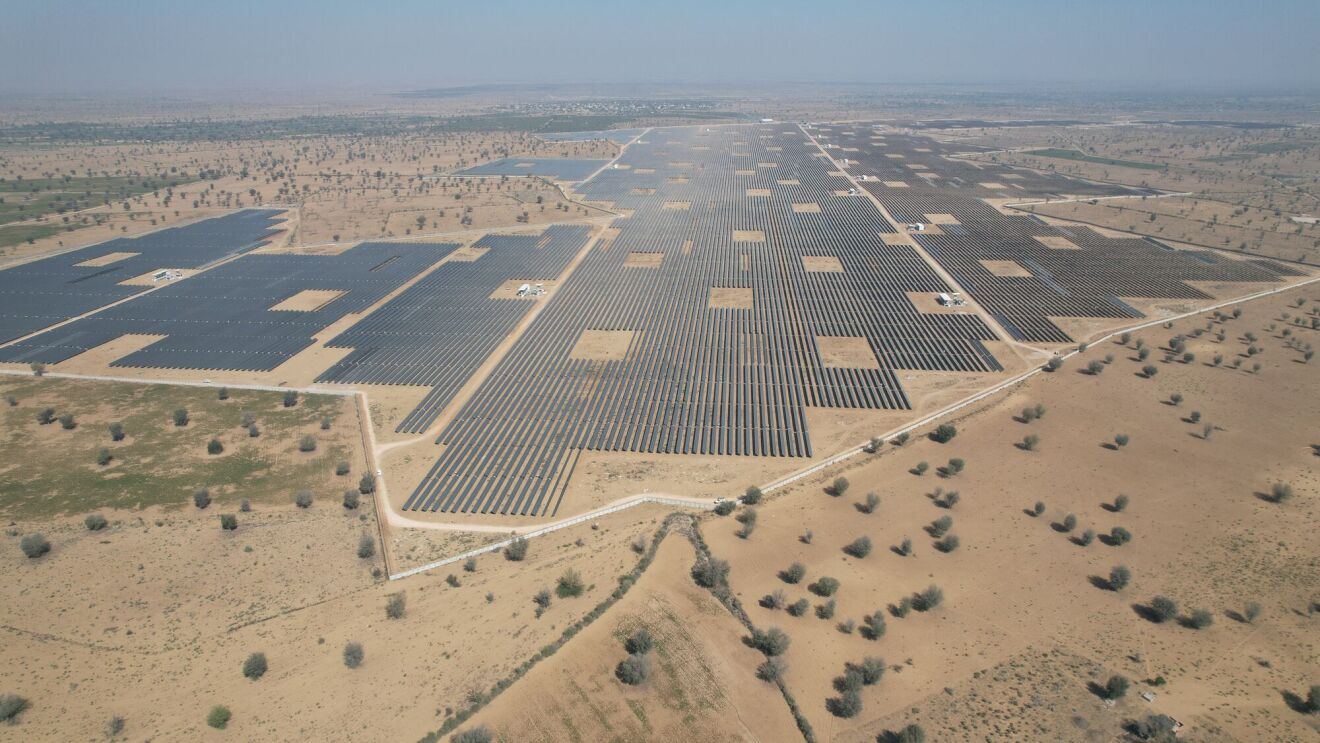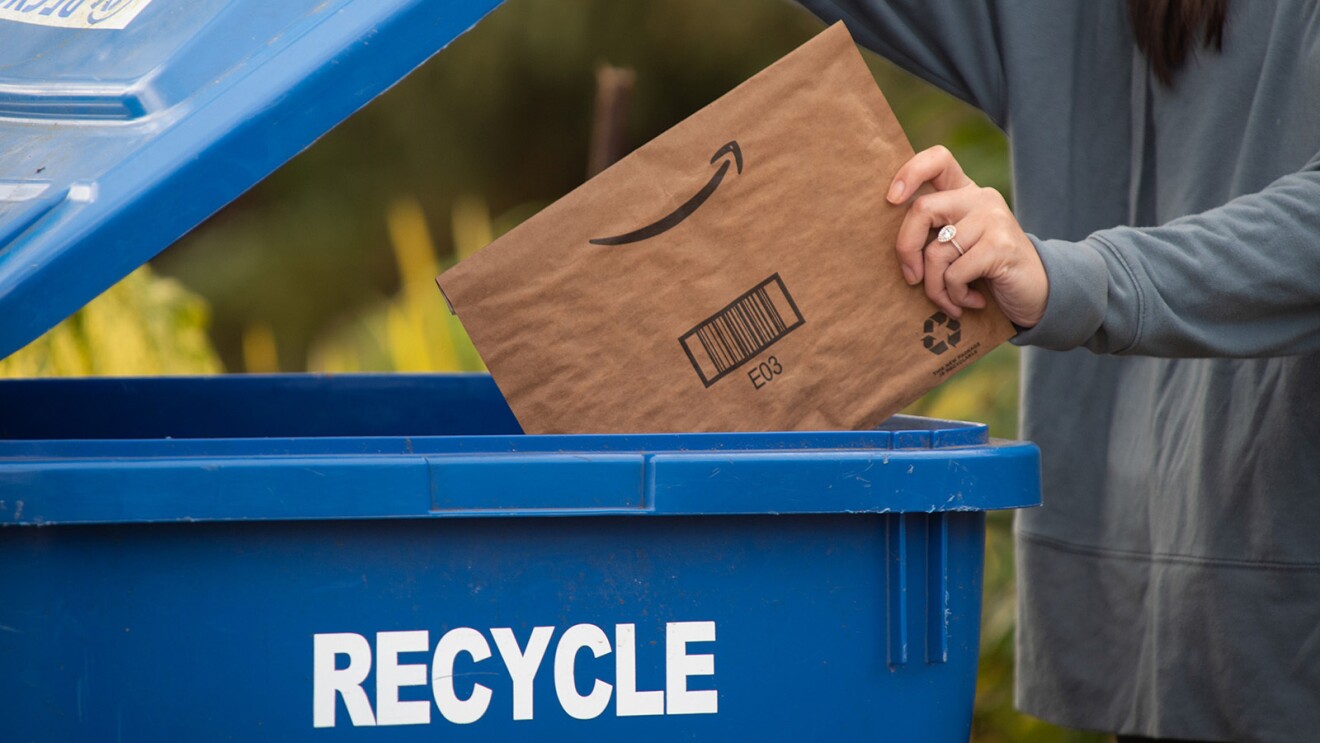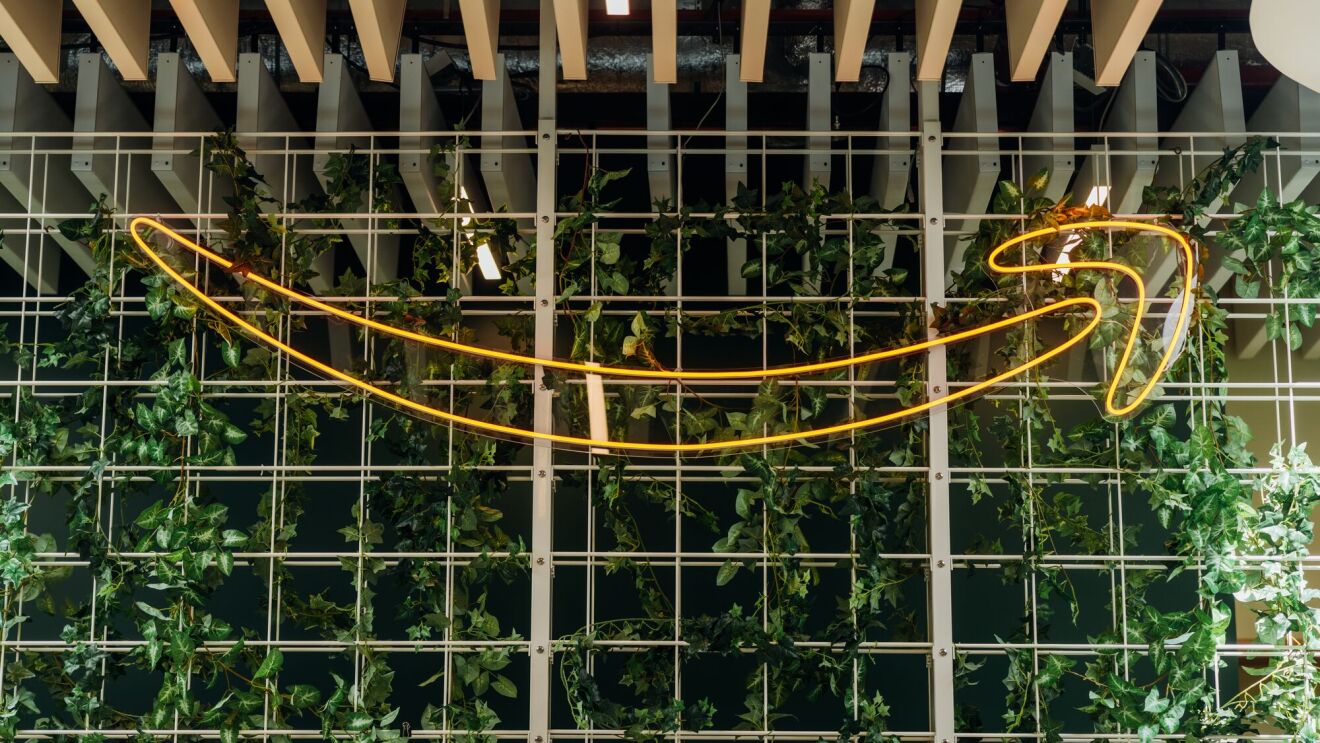For the hundreds of millions of items that are sold by Amazon, from a camping tent to a holiday sweater, the box or mailer that arrives on customers’ doorsteps has likely been hand-selected by artificial intelligence (AI).
The Package Decision Engine, an AI model that Amazon designed and built, is able to determine the most efficient type of packaging for each item it learns about, helping reduce the number of cardboard boxes, air pillows, tape, and mailers used to send purchases to customers. The model is an important example of how the company is using AI to meet its sustainability goals faster, while also helping reduce packaging, make deliveries more efficient, and ensure products remain protected during delivery. Along with other packaging innovations, the model has helped Amazon avoid over 2 million tons of packaging material worldwide since 2015.
Built on the Amazon Web Services (AWS) cloud, the multimodal AI model can predict when a more durable product like a blanket doesn’t need protective packaging, or when a potentially fragile item like a set of dinner plates might need a studier box. It uses a combination of deep machine learning, natural language processing, and computer vision, and is continuously learning about Amazon’s ever-evolving packaging options. Its decisions are empirically accurate, according to Amazon scientists, meaning that it predicts the most efficient package choice the majority of the time.
Built on the Amazon Web Services (AWS) cloud, the multimodal AI model can predict when a more durable product like a blanket doesn’t need protective packaging, or when a potentially fragile item like a set of dinner plates might need a studier box. It uses a combination of deep machine learning, natural language processing, and computer vision, and is continuously learning about Amazon’s ever-evolving packaging options. Its decisions are empirically accurate, according to Amazon scientists, meaning that it predicts the most efficient package choice the majority of the time.
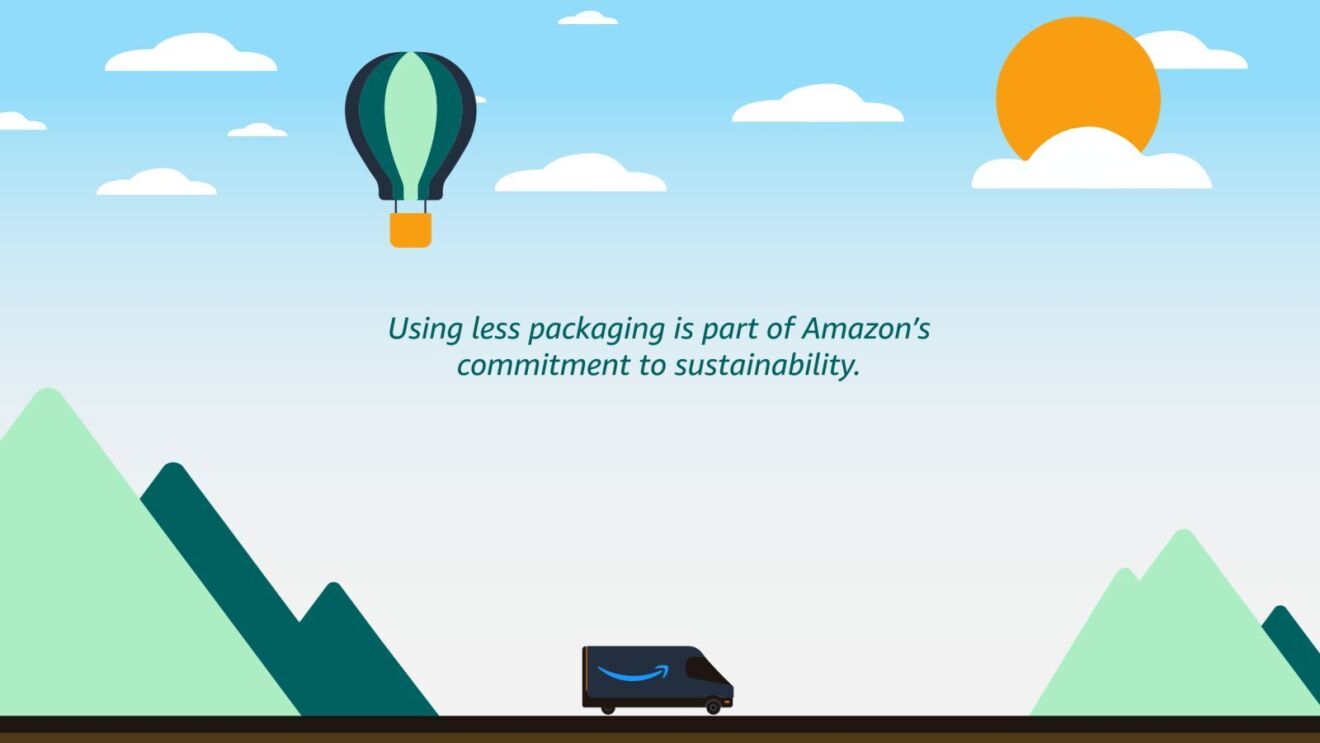
Reducing packaging waste is an important part of Amazon’s goal to become a more sustainable company, but choosing the most efficient, optimal amount of packaging that both reduces waste and protects products can be challenging. Plus, Amazon’s product catalog has hundreds of millions of items—and is always growing and changing, in addition to having regional and country-specific products worldwide.
Prior to the use of AI, Amazon associates used physical testing on individual products to determine how to optimize packaging, but that sustainability work was impossible to scale through human efforts alone. The Package Decision Engine has helped automate portions of this work, allowing Amazon associates to focus on addressing other sustainability challenges.
“We wanted the ability to quickly identify the most efficient packaging option for each item, while also predicting how safely each product would ship,” said Kayla Fenton, senior manager of technology products with Amazon’s Packaging Innovation team, which includes research scientists and technical program managers. “The use of AI through the Package Decision Engine has allowed us to advance our packaging efficiency work at scale quickly, and it has worked so well that we’re implementing this technology across Amazon’s broader global footprint.”
How the Package Decision Engine works
01 / 02
The Package Decision Engine process includes multiple steps to gather information about each item. When an item first arrives at the Amazon fulfillment center, it is photographed in a computer vision tunnel that determines the product’s dimensions, spots defects, and captures multiple images of the product. This also allows the model to detect if there is a bag or box around an item, or detect the presence of exposed glass.
The model also uses natural language processing and leverages text-based data from each item, such as the item’s name, description, price, and package dimensions. It also collects information in near-real time from customer feedback that is reported through Amazon’s Online Returns Center, product reviews, and other customer feedback channels.
After compiling the information, the model produces a score that predicts the best packaging type to use. The packaging selection is remembered by the model and used to understand future packaging needs.
How the Package Decision Engine learns over time
Amazon scientists have trained the AI model by showing it millions of examples of products that had been successfully delivered in various types of packaging without damage. They also showed it products that have arrived damaged, along with the keywords and packaging types used in each scenario.
As a result, the model has learned that certain keywords are important when making packaging decisions. For example, a padded mailer with limited cushioning might not adequately protect an item with the words “grocery,” “screen,” or “stoneware” in the description, so the model would recommend a sturdier option, such as a box. The model also learned that keywords like “multipack,” “bag,” “shrink,” and “pack” were also associated with lower damage rates in the mailer, and indicated the product might already have protective packaging and not need additional protection.
The model has worked so well that the Packaging Innovation team is expanding its use by training it for deployment worldwide. This includes exposing it to new languages, unique packaging types, and items sold in different countries. The model is already widely used in fulfillment centers in North America and Europe, with components being rolled out in additional locations across India, Australia, and Japan.
The Package Decision Engine is one of many ways that Amazon is using AI innovation to reach our sustainability, packaging, and waste reduction goals.
Trending news and stories






